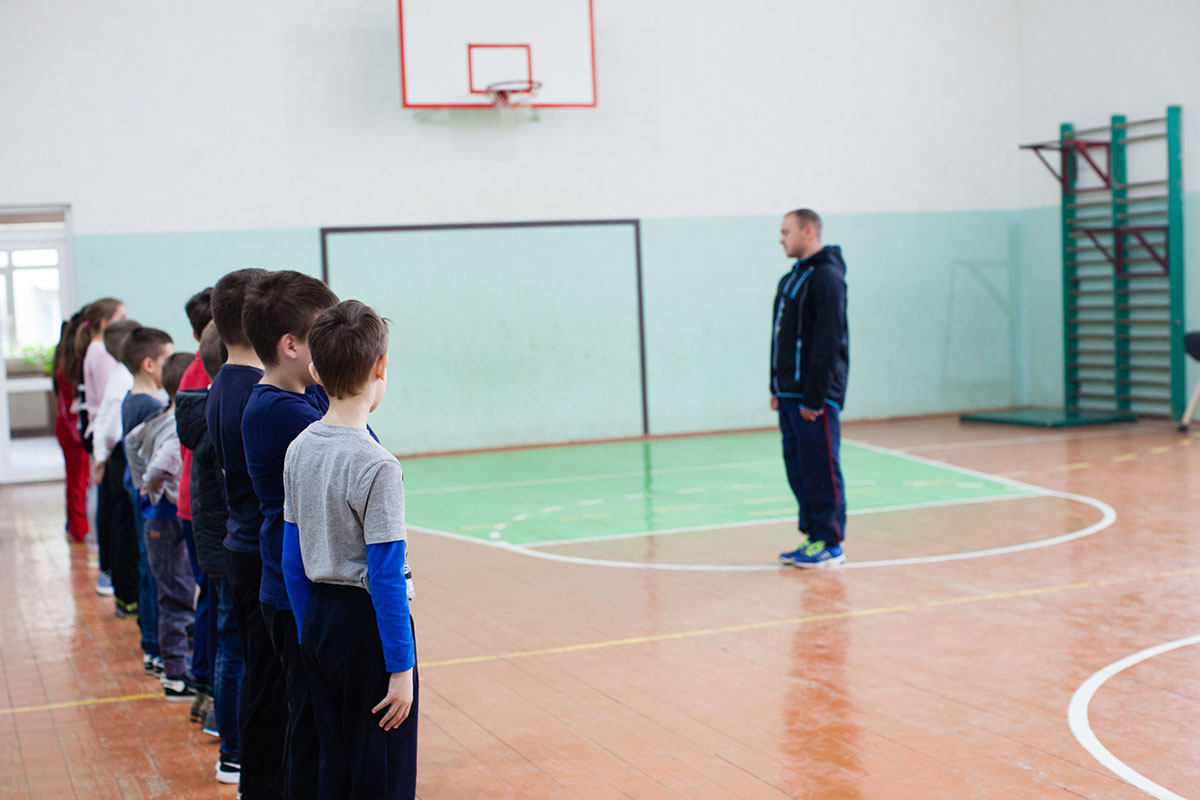Throughout the coronavirus pandemic, all of us have been forced to somehow juggle work and life in lockdown alongside our mental and physical health. But one thing’s for certain; regular exercise is of the utmost importance, especially for young people.
The research supports this. Schools that enable children to participate in physical activity have a track record of providing opportunities for students to find their niche and develop skills beyond the classroom.
So, how can schools deliver a recovery curriculum that not only reduces attainment but also supports the physical health of children?
Raising the profile of physical activity through the school curriculum
From employers offering remote exercises classes, to celebrities taking to their front rooms for high-intensity workouts, there have been several initiatives geared towards elevating physical activity across the nation while we’ve been stuck at home.
Even the Department for Education has encouraged schools to prioritise physical activity. After all, there are well-established links between physical activity, improved mental wellbeing and educational attainment. But what programs exist for schools, teachers, students and parents?
Well, Teach Active is one such resource. This award-winning platform aims to support the transition back to school with an active curriculum that “rebuilds well-being, re-establishes teamwork and recovers gaps in learning.”
Teach Active in action – Kensington Primary School
The Challenge
In the London Borough of Newham, almost 50 per cent of students leave primary school classed as obese. They also have limited access to outdoor space as well as the highest rates of overcrowding in the country.
The Approach
As Headteacher Ben Levinson explains: “We have reviewed our entire curriculum and developed, ‘Curriculum K: A curriculum for the 21st century’. This places health firmly at the heart of children’s day-to-day experience. Not only is this a moral imperative, it also leads to better learning across the curriculum. Teach Active is a fundamental part of this.”
The Impact
Teach Active enabled the children at Kensington Primary School to get outside more, resulting in better levels of engagement and retention of content, not just during lessons but also when they return to class. The approaches have also supported staff in the planning and resourcing of quality learning.
The Legacy
“Health is fundamental to children’s development,” notes Levinson. “Teach Active gives children an extra hour or two of physical activity and is a brilliant way to support teachers too. With the scale of the challenge, every bit helps and this is a win-win for learning and health.
“We know there is so much more to do if we are going to truly change our children’s lives but we’re really excited about where we are going. Teach Active will continue to be a fundamental part of our approach as we move forward.”
Physical learning in a post-pandemic world
Enabling physical activity in schools throughout the day won’t come overnight; it must be a sustainable change for long term success.
Active children do better and they enjoy this way of working too. It even supports attainment and can help the mental health of teachers as well.



